A fun, hands-on activity using a die and a chart to create a comic strip story.
Use this teaching resource as a writing stimulus in your classroom.
How to use this resource:
- Roll a die. Match the number rolled to a row on the chart, and see which superhero is in the ‘1st Roll’ column. Record this at the bottom of the page.
- Roll again. Match the number to a row on the chart, and see which superpower is in the ‘2nd Roll’ column. Record this at the bottom of the page.
- Continue in this same manner until you have all five features recorded at the bottom of the page.
- Write a comic using the elements you have rolled.
Use our Comic Strip templates to complete this activity.
This is a fun and engaging resource to put in your writing center!
Looking for more Roll to Create Activities? Take a look at our Roll to Create Activities Resource Collection.
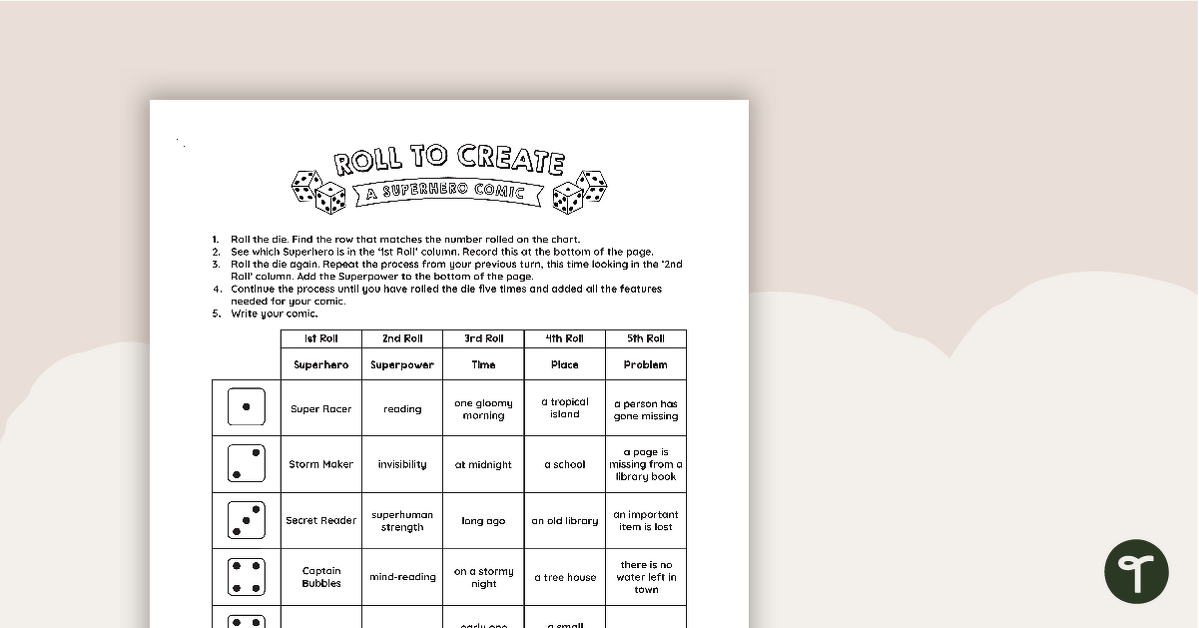

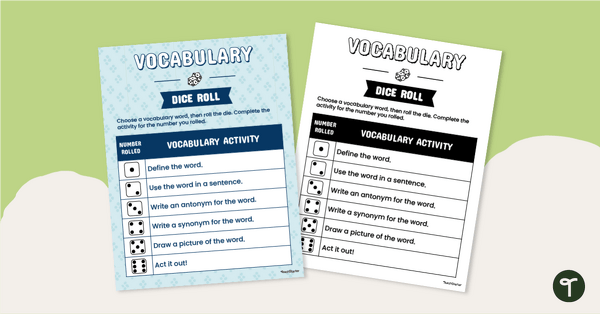
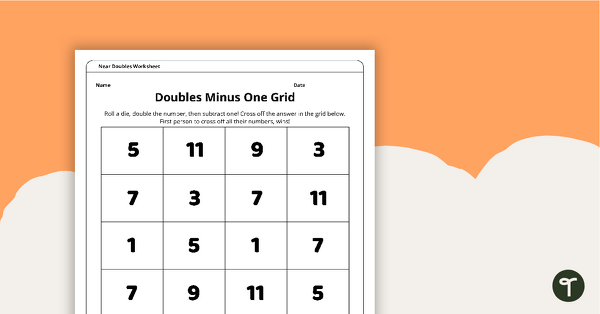
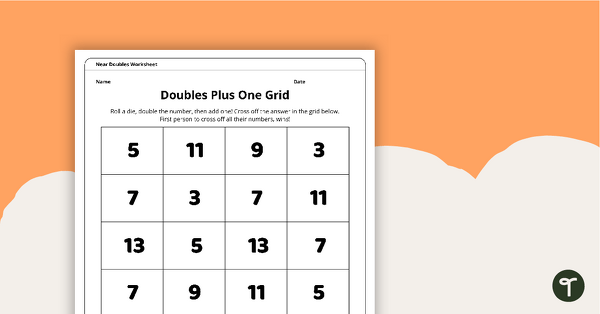
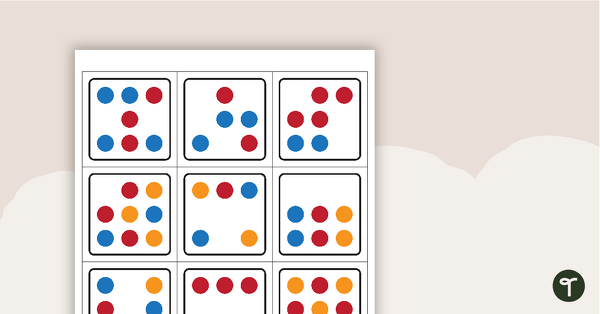
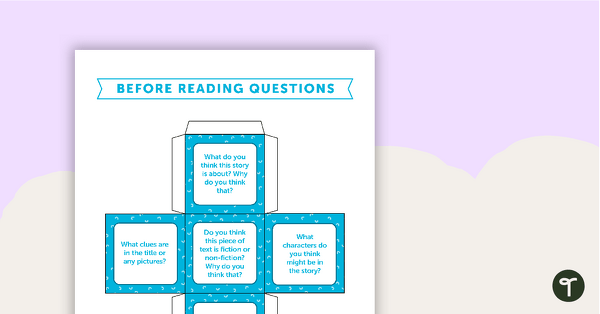

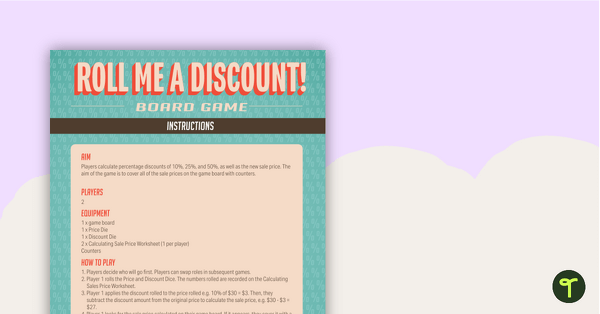
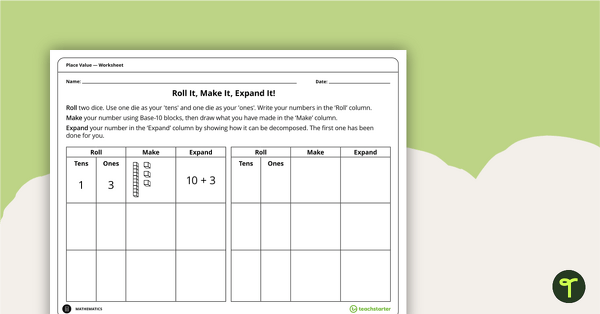
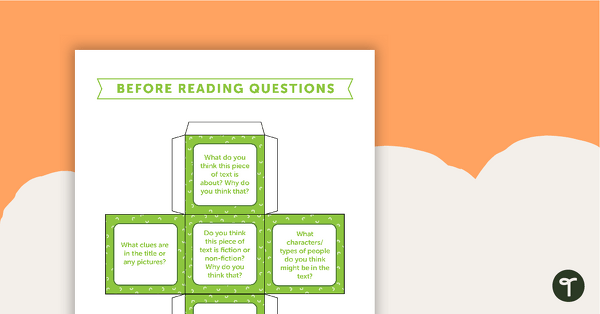
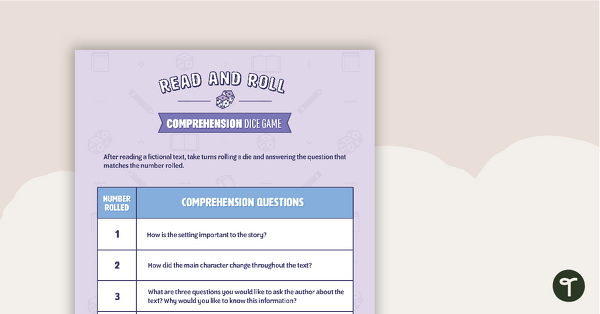
0 Comments
Write a review to help other teachers and parents like yourself. If you'd like to request a change to this resource, or report an error, select the corresponding tab above.